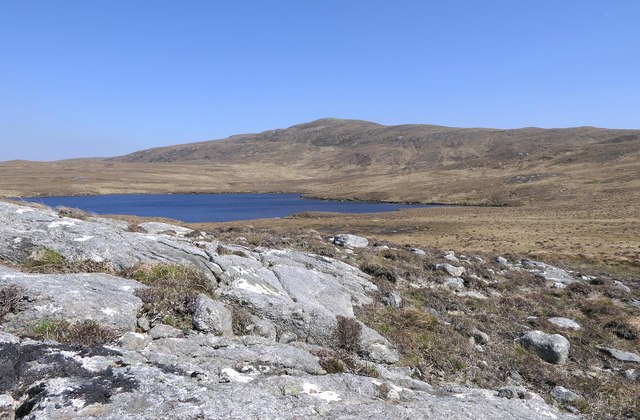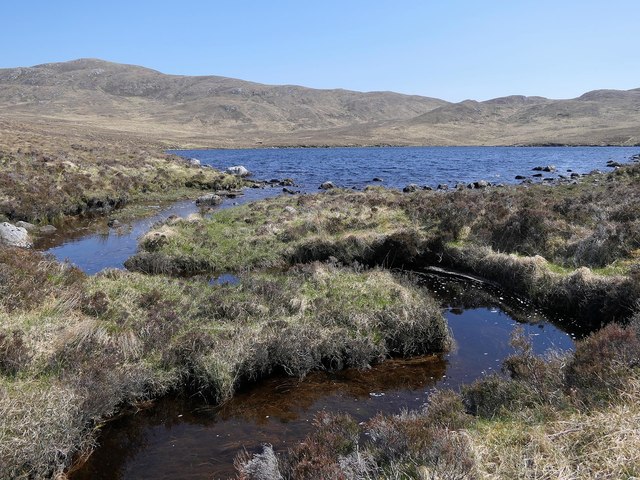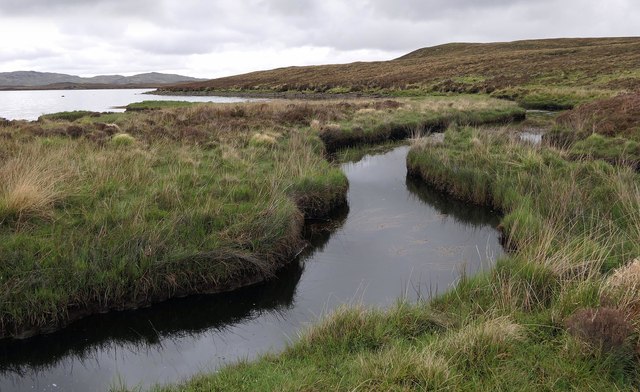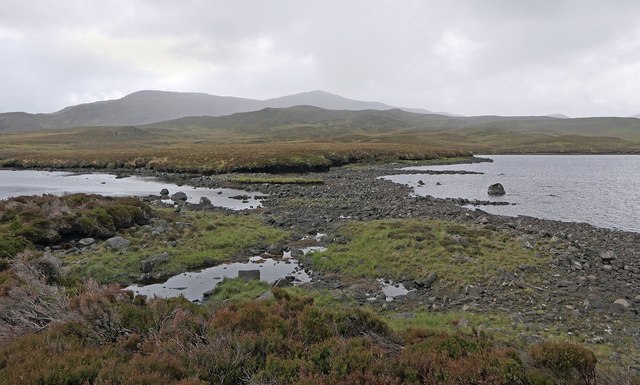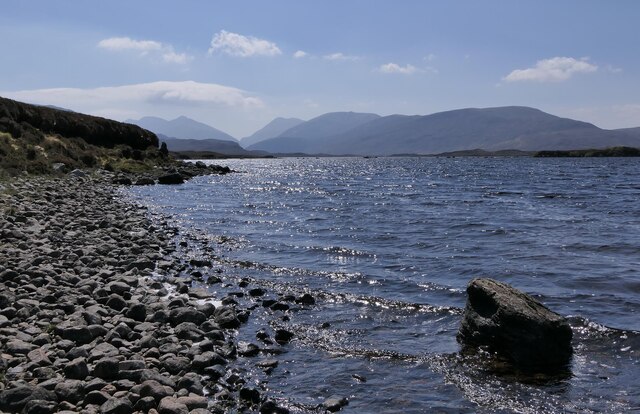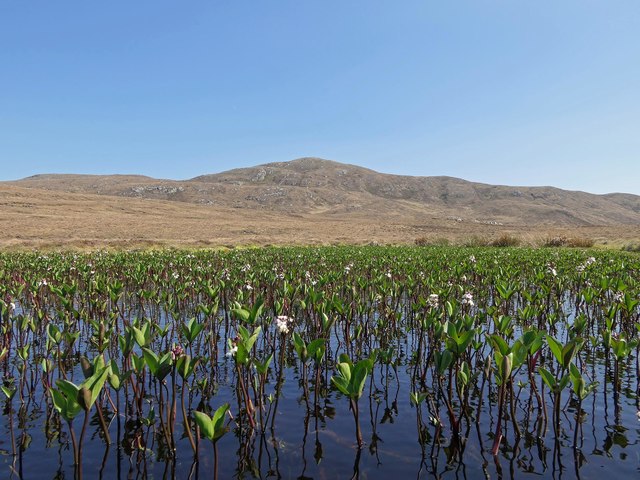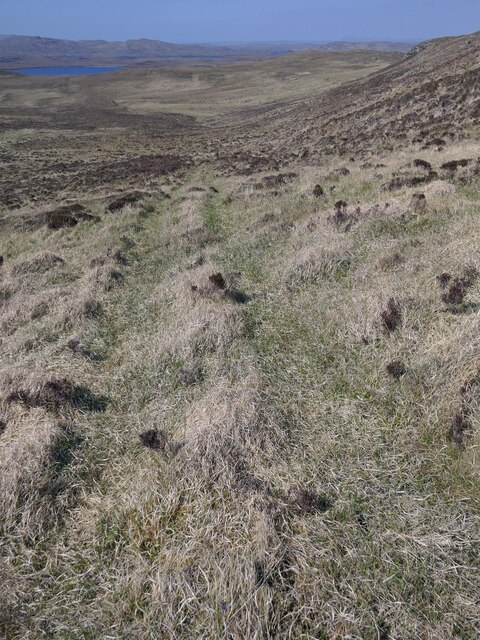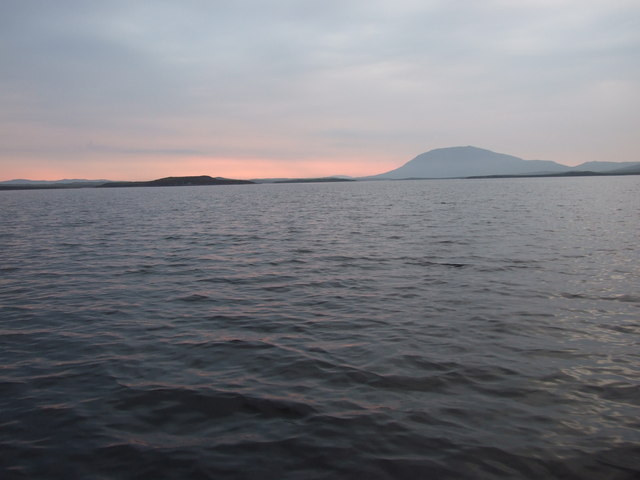Rubha nam Fiadh
Landscape Feature in Ross-shire
Scotland
Rubha nam Fiadh
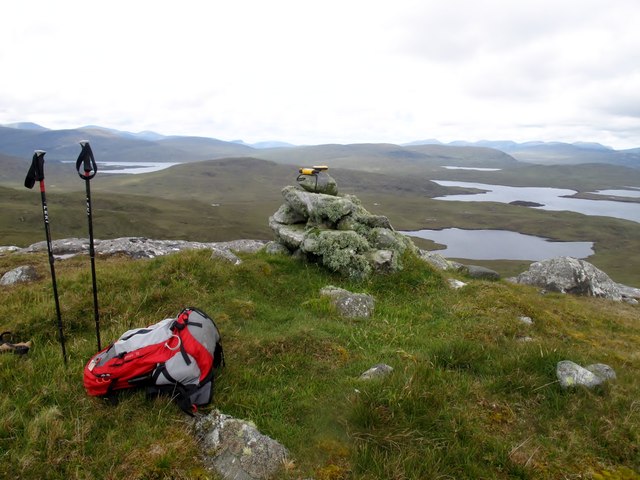
Rubha nam Fiadh is a prominent landscape feature located in Ross-shire, Scotland. This rugged headland is situated on the western coast of the county, near the village of Gairloch. Rubha nam Fiadh stretches out into the North Atlantic Ocean, offering breathtaking views of the surrounding area.
The headland is characterized by its dramatic cliffs, which rise sharply from the sea, creating a striking visual contrast against the blue waters. These cliffs are made of ancient rocks, showcasing layers of sedimentary deposits that have accumulated over millions of years. The erosion caused by the relentless crashing waves has sculpted the cliffs into various shapes and formations, adding to the allure of the landscape.
The area is rich in biodiversity, with a diverse range of flora and fauna. The coastal habitat is home to numerous seabirds, including puffins, fulmars, and guillemots, which nest on the cliffs. In addition, seals can often be spotted basking on the rocks or swimming in the surrounding waters.
Rubha nam Fiadh is a popular destination for outdoor enthusiasts and nature lovers alike. Visitors can explore the headland by following a well-marked coastal trail that winds its way along the cliff edge, offering stunning vistas at every turn. The rugged terrain provides opportunities for hiking and climbing, while the nearby beaches invite visitors to relax and enjoy the tranquility of the area.
Overall, Rubha nam Fiadh is a captivating landscape feature that showcases the raw beauty and natural diversity of Ross-shire. Its dramatic cliffs, abundant wildlife, and breathtaking views make it a must-visit destination for anyone seeking to immerse themselves in the stunning Scottish scenery.
If you have any feedback on the listing, please let us know in the comments section below.
Rubha nam Fiadh Images
Images are sourced within 2km of 58.079483/-6.7605169 or Grid Reference NB1919. Thanks to Geograph Open Source API. All images are credited.
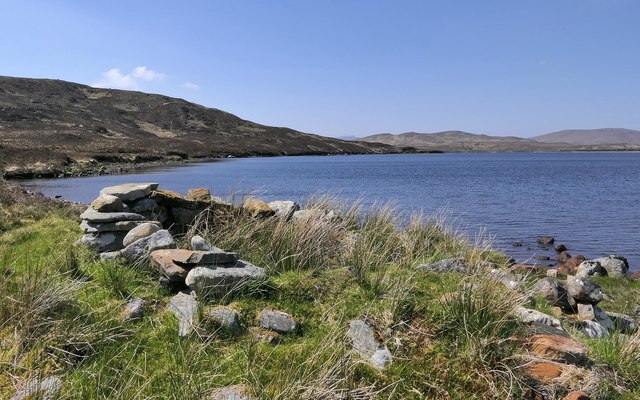
Rubha nam Fiadh is located at Grid Ref: NB1919 (Lat: 58.079483, Lng: -6.7605169)
Unitary Authority: Na h-Eileanan an Iar
Police Authority: Highlands and Islands
What 3 Words
///microfilm.panther.tools. Near Leurbost, Na h-Eileanan Siar
Nearby Locations
Related Wikis
Eilean Mòr, Loch Langavat
Eilean Mòr is an island in Loch Langavat on the Isle of Lewis in the Outer Hebrides of Scotland. == Footnotes ==
Airidh a' Bhruaich
Airidh a' Bhruaich (Arivruaich - anglicised) is a scattered crofting township in the South Lochs district of the Isle of Lewis in the Outer Hebrides of...
Gisla Hydro-Electric Scheme
Gisla Hydro-Electric Scheme was a small scheme promoted by the North of Scotland Hydro-Electric Board on the Isle of Lewis, Outer Hebrides, Scotland. It...
Seaforth Island
Seaforth Island (Scottish Gaelic: Eilean Shìphoirt/Shìophoirt or Mulag) is an uninhabited island in the Outer Hebrides of Scotland. Unlike many other...
Nearby Amenities
Located within 500m of 58.079483,-6.7605169Have you been to Rubha nam Fiadh?
Leave your review of Rubha nam Fiadh below (or comments, questions and feedback).
